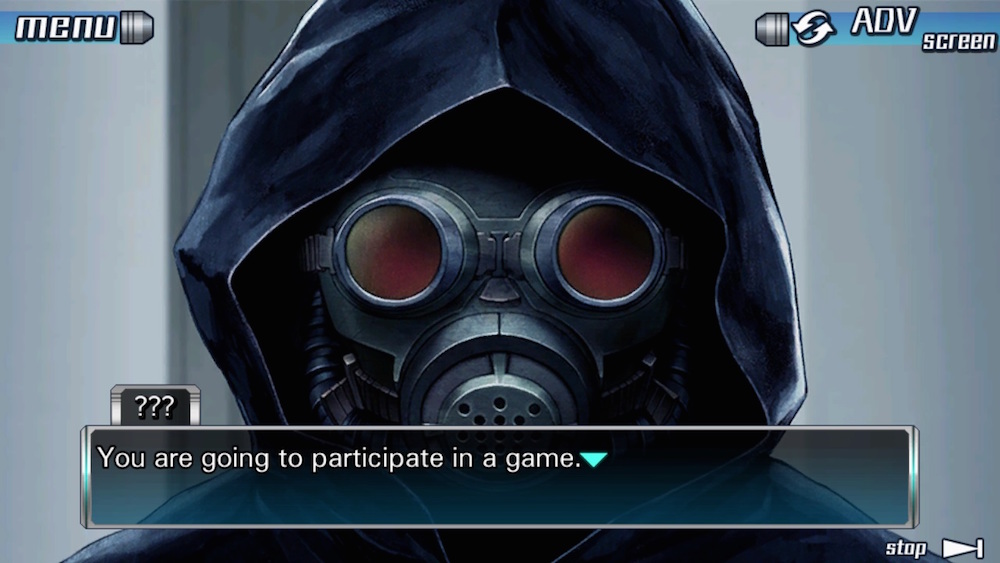Here’s a common and unfortunate scenario that every reader is familiar with: You’ve accepted a book’s premise and you’re hooked. You’ve bonded with the characters and watched them grow and change during their arduous journey. The protagonist is about to accomplish their goal. It’s that pivotal moment, and just when you think it’s going to happen, they do something stupid that ruins everything. You curse the character, the author, and the book, and then immediately begin to wonder what could have been. The all-too-familiar “what-if” questions flood your mind.
Remembered fondly by anyone who grew up in the 1980s or 1990s, the Choose Your Own Adventure series gave readers the opportunity to rectify this issue. The branching narrative structure gave readers specific moments in which they could choose the protagonist’s actions. These decisions ultimately determined the protagonist’s success or failure (read: death). While an enjoyable romp for children, the series had nothing to offer adults.

Visual novels can be loosely seen as a digital and interactive version of that narrative style. The level of interactivity in visual novels can vary, and, depending on the title, some might be more accurately classified as video games. The line between the two is often blurry and debatable, but visual novels often possess the same qualities (complex narratives, extensive character development, etc.) that readers of physical novels enjoy.
The only consideration for new visual novel readers is the interactivity, which can vary wildly between titles. Some are strictly narrative affairs: the reader makes basic decisions for the protagonist when given a set of options. Others include this mechanic but also add puzzles directly connected to the narrative. As an example, when presented with a locked door in the former, a reader might have to choose between breaking down the door or finding the key. The interactivity is limited to making text-based choices (break the door or look for the key). In the latter, the reader might have to find and interact with a Scooby Doo–style lever to open it.
For those who are interactivity shy, a good starting point is 80 Days. Based on Verne’s classic novel, 80 Days allows readers to chart their own world-trotting adventure while also managing finances and supplies. Its structure encourages experimentation and multiple readings, and the 750,000 word count is sure to keep even the most avid readers busy. For something totally different, try the generally lighthearted courtroom antics of the Ace Attorney series. As spiky-haired lawyer Phoenix Wright, readers are tasked with interviewing clients, investigating crime scenes, and calling out testimonial contradictions. It’s like Law and Order, but without the sadness and gore.
As a final example, I suggest my personal favorite: the Zero Escape series. Each game features a group of seemingly unrelated strangers who are forced into unimaginable circumstances. The games are structured with long narrative sections (with dialogue choices) and escape-the-room type puzzles. Each game contains a massive serpentine sci-fi narrative with qualities reminiscent of Asimov and Vonnegut. It’s a dark, disturbing tale full of ethical dilemmas and violent deaths, and a total absence of hope. It’s a narrative that simply could not be told in a physical medium.

Much like the indie scene in book publishing, many indie visual novel writers and developers are continuing to push the boundaries of traditional narratives and subject matter. In Marcel Weyer’s This is Where I Want to Die, readers experience the final moments of a man’s life as he tries to remember what happened to him before he dies. Date Nighto’s We Know the Devil features three main characters, but the reader is forced to work through the religious and LGBT-themed narrative in pairs.
While interactivity provides readers with multiple ways to experience a narrative, it also creates tension within the narrative and between the narrative and the reader. If a character in a novel dies, they die; that’s the only option available. If a character in a visual novel dies, that death could be on your hands depending on the choices you made. And make no mistake—the best endings aren’t always the happiest.
It would be easy to write off visual novels because of their technological medium, but anyone who can use a computer, operate an iPad, or—better yet—program a VCR can read one. Don’t miss out on an entirely different narrative experience simply because the medium isn’t paper. A minimal amount of interactivity and narrative control is surprisingly effective at creating new reading experiences.

